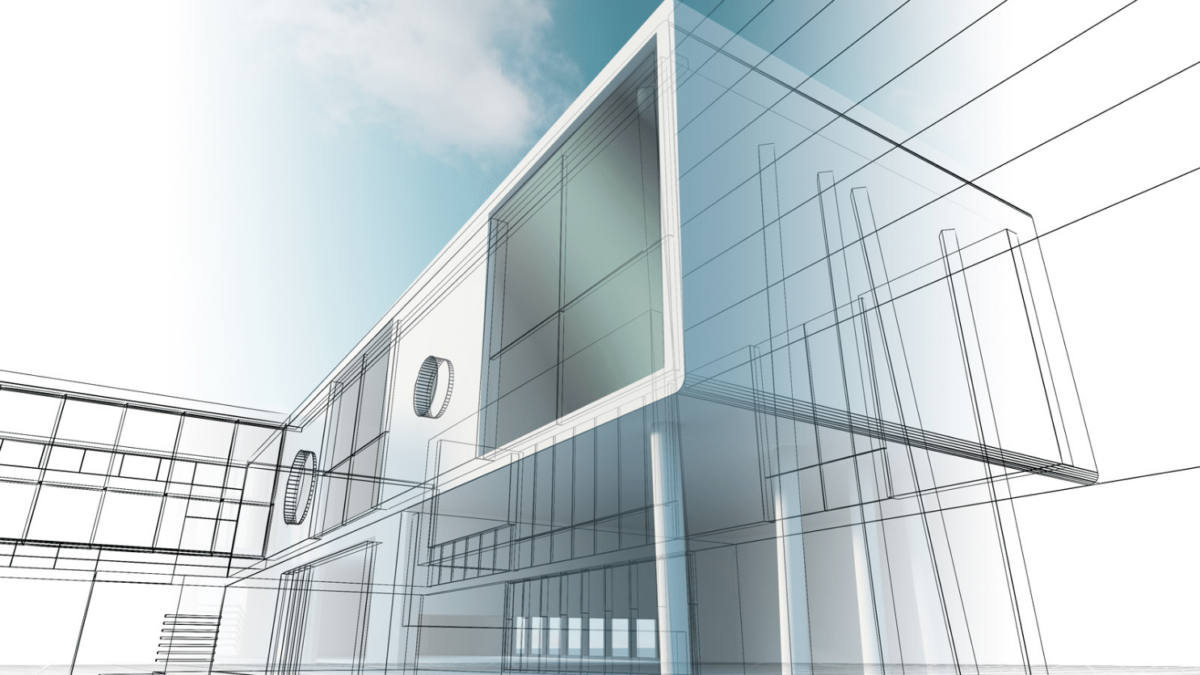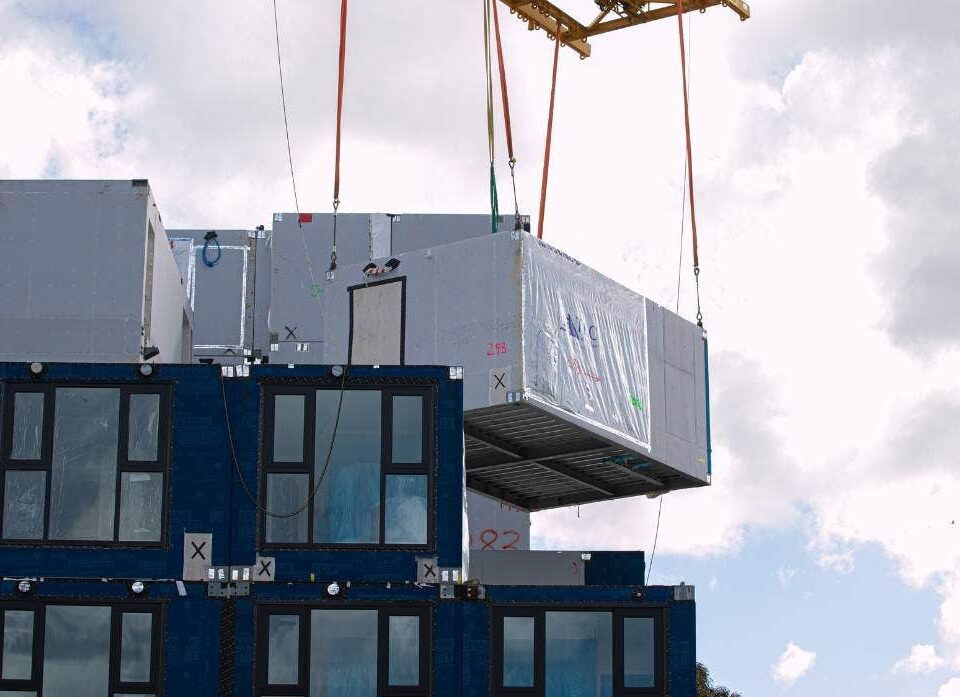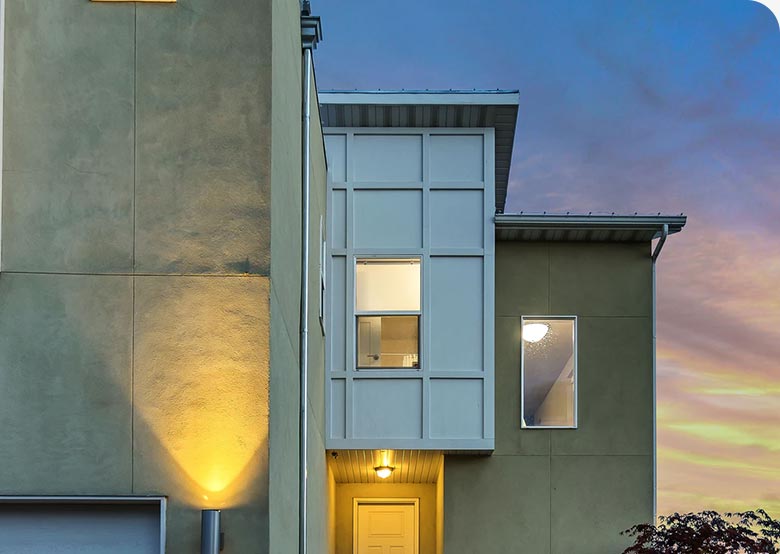
Buying vs. Building Your New Home
August 27, 2023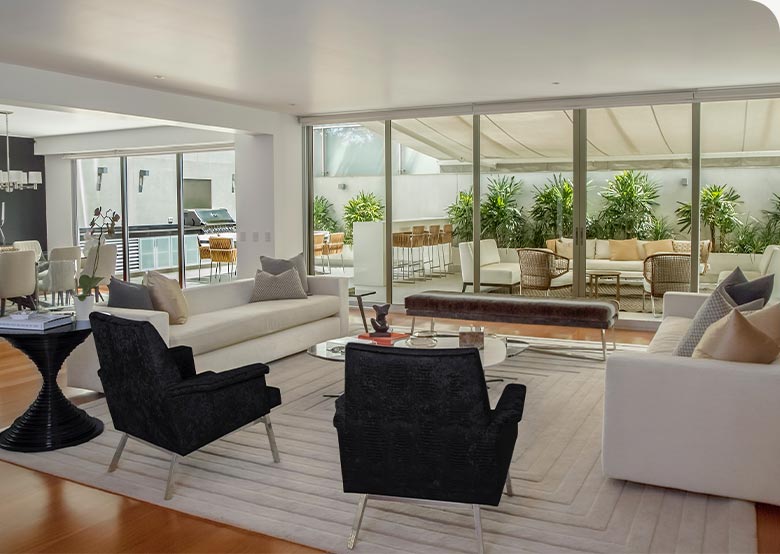
Overcoming 6 Fears About Modular Construction
August 30, 2023Exploring Economical Home Building Options
When embarking on the journey of constructing a new home, cost often emerges as a pivotal consideration. Prospective homeowners seeking the perfect blend of quality, comfort, and affordability naturally seek the most economically viable options.
The question arises: How much does it cost to build a house? The answer, a nuanced one, hinges on the type of home you intend to build.
This article delves into the realm of the most economical houses to build, offering budget-conscious individuals the opportunity to realize their dream homes without straining their financial resources.
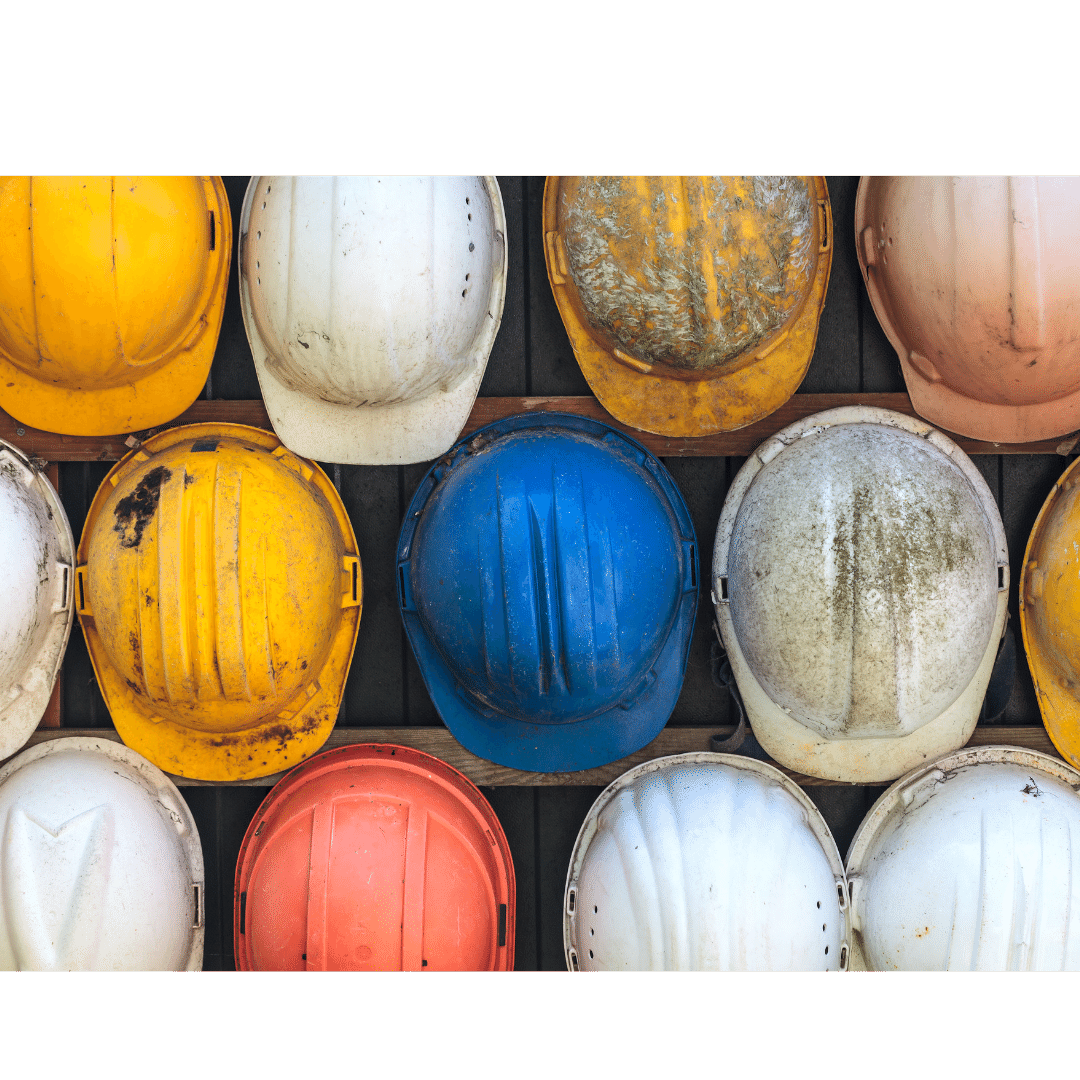
Cost-Efficient Home Construction
Constructing a home involves navigating a complex interplay of various elements, including design, materials, labor, and location. The final cost is shaped by these factors, yielding a wide range of possibilities. It's essential to acknowledge that every new construction comes with its set of advantages and disadvantages.
Building a home is an intricate process shaped by multiple variables. However, certain home types inherently lend themselves to more cost-effective construction without compromising on quality.
Here are some of the least expensive home construction options:
- Tiny Houses: Efficiency at Its Core
Tiny houses have experienced a surge in popularity, primarily due to their minimalist design and cost-effective construction. These diminutive dwellings typically span 100 to 400 square feet, leading to reduced construction expenses and subsequently lower maintenance and energy costs.
Innovative space-saving techniques are often employed in tiny house design, maximizing every inch of available space. Many individuals opt to build their tiny houses, thereby cutting down on labor costs.
Tiny homes emerge as a viable option for individuals seeking affordable housing solutions.
- Prefab and Kit Homes: Streamlined and Practical
Prefab (prefabricated) and kit homes offer another avenue for affordable homeownership. Modular homes are assembled off-site in factory settings and later transported to the construction site for assembly.
Kit homes arrive with pre-cut components and comprehensive assembly instructions. This approach significantly minimizes labor expenses, as these homes are constructed more swiftly and efficiently compared to traditional on-site methods.
Additionally, prefab and kit homes often feature standardized designs, curtailing architectural and engineering costs.
- Modular Homes: Efficiency in Assembly
Some modular homes utilize pre-manufactured wall panels, floor systems, and roof trusses produced off-site and transported to the construction site for assembly. The panels are designed to interlock seamlessly, facilitating straightforward assembly.
Other modular types like Factory Modular construct 95% or more of the units in a factory. These homes arrive to the job site ready for connection with a crane, and typically 30% faster than traditionally built homes.
This method simplifies the construction process, slashes labor requirements, and reduces construction waste.
Modular homes present an economical option for those seeking affordable housing, capitalizing on factory precision and minimizing on-site labor.
- Cottages and Bungalows: Charm Meets Economy
Cottages and bungalows, renowned for their timeless appeal, often feature compact layouts and straightforward designs. These homes generally employ fewer materials compared to larger, more intricate designs, which in turn leads to lower construction costs. Their modest dimensions translate to reduced heating, cooling, and maintenance expenses over the years.
Cottages and bungalows can be constructed through diverse methods, including traditional stick-built approaches, prefab options, and kit solutions. The allure of their cozy charm and affordability makes them a preferred choice for homeowners in search of budget-friendly yet appealing living spaces.
- Earth-Sheltered Homes: Efficiency and Long-Term Savings
Earth-sheltered homes, also known as underground or earth-bermed homes, are integrated into the ground or covered with soil. They harness the earth's natural insulation properties to regulate indoor temperatures, rendering them energy-efficient structures that require less heating and cooling than above-ground counterparts.
Constructing earth-sheltered homes involves excavation, retaining walls, and specialized waterproofing materials. Although initial costs might be slightly higher due to unique construction techniques, the long-term energy savings position these homes as cost-effective options over time.
Smart Strategies to Minimize Costs
Crafting budget-friendly houses entails strategic planning, resourcefulness, and an understanding of cost-saving techniques.
Here are practical tips to help you navigate cost considerations during the construction of your new home:
- Detailed Budgeting: Lay the foundation with a comprehensive budget that encompasses all projected expenses. This should include construction materials, labor costs, permits, fees, site preparation, utility installations, landscaping, and contingency funds. A well-defined budget safeguards against overspending and unexpected financial challenges.
- Sensible Designs: Intricate architectural designs can significantly inflate construction expenses due to complexity and specialized materials. Opt for straightforward, functional designs that necessitate fewer intricate details and fewer customized components, thus reducing costs per square foot.
- Efficient Floor Plans: Maximize space efficiency within your floor plan to minimize wasted areas. Open floor plans create the illusion of larger rooms, reducing the need for unnecessary interior walls. Fewer walls translate to decreased framing, drywall, and finishing work, resulting in material and labor savings.
- DIY and Personal Investment: Assess your capabilities and consider tackling specific tasks yourself, such as painting, landscaping, and basic carpentry, to curtail labor expenses. However, it's crucial to steer clear of complex tasks that might lead to costly errors.
- Energy-Efficient Features: Prioritize energy-efficient features that translate to long-term utility bill savings. Adequate insulation, energy-efficient windows, LED lighting, and energy-conserving appliances contribute to reduced ongoing operating costs. While some features might entail a slightly higher upfront investment, the long-term benefits outweigh the initial outlay.
- Bulk Material Purchases: Collaborate with your builder to procure construction materials in bulk. Purchasing larger quantities often results in cost reductions, trimming overall material expenses. Additionally, consider utilizing locally sourced materials to minimize transportation costs.
- Contractor Comparison: Obtain quotes from multiple contractors and builders to secure the best possible deal. Evaluate rates, expertise, and references to make informed decisions. Exercise caution regarding unusually low bids, as they might indicate compromised work quality or hidden costs.
- Value Engineering: Engage in value engineering discussions with your architect or builder. This process involves identifying alternative materials, construction methods, or design tweaks that maintain quality while reducing costs. Collaborate with professionals to explore innovative solutions without compromising integrity.
- Avoid Overbuilding: Construct a home that caters to your needs without excessive space. Avoid overambitious building by focusing on practical room dimensions and steering clear of unnecessary add-ons. Keep in mind that larger homes come with dramatically increased construction costs.
- Regular Site Supervision: Regular visits to the construction site empower you to monitor progress, spot potential issues, and ensure work adheres to the plan. Timely interventions can prevent costly mistakes or changes later in the construction process.
- Long-Term Perspective: Factor in long-term requirements when designing and constructing your home. Incorporating provisions for future expansions or adaptations can preempt costly renovations. Design with flexibility and scalability to accommodate evolving lifestyle changes.
Final Reflections
Embarking on constructing an affordable dream home is a realistic endeavor with the right approach. By exploring the realm of tiny houses, prefab options, panelized structures, charming cottages, and innovative earth-sheltered designs, you can uncover the most budget-friendly housing solutions without sacrificing comfort or quality.
However, the journey doesn't culminate with home selection. Embrace prudent budgeting, simplify designs, and channel your inner do-it-yourself spirit to trim expenses further. The path to economical home building involves thoughtful decision-making, diligent planning, and the fusion of financial prudence with creativity.


